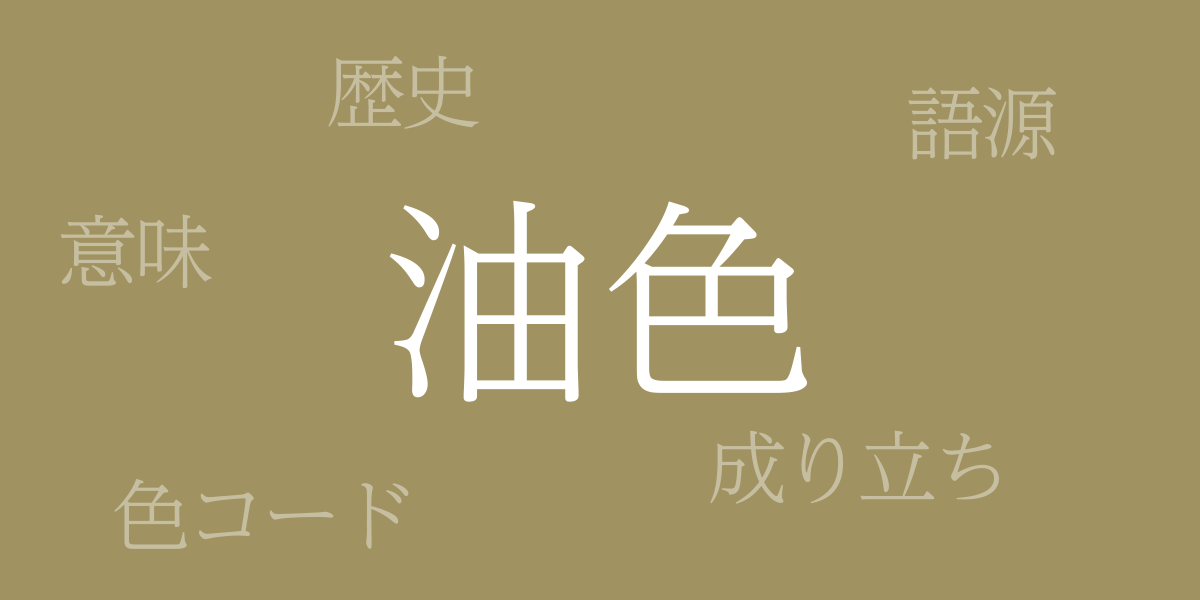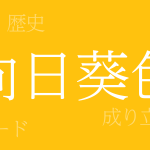Japan’s traditional colors, celebrated for their rich hues and historical depth, captivate audiences worldwide. Among these, “Oil Color (あぶらいろ – Abura-iro)” stands out with its depth and calm, embodying the essence of Japan’s nature and culture. This article delves into the allure of Oil Color, exploring its history, color codes, and its Western name. Let’s enrich our sensibilities by touching the world of Japan’s traditional colors.
About Oil Color (あぶらいろ – Abura-iro)
Oil Color (あぶらいろ – Abura-iro) is a traditional Japanese color that is a dark greenish-black. The name derives from its resemblance to the deep green of plant oils, known for its subdued shade. Deeply connected to Japan’s natural landscape, this color has been used across various domains, including clothing, architecture, and art, since ancient times.
The History of Oil Color
Oil Color has been in use since the Heian period, as noted in historical texts and literary works. In the aristocratic society of the time, colors symbolized class and the seasons, and Oil Color was regarded as a color of high status. It was also prized in the samurai society, used in samurai garb and banners, appreciated for its authority and serenity.
Oil Color Codes
To replicate Oil Color in digital design and on the web, accurate color codes are required. Below are typical color codes for representing Oil Color:
- HEX: #A19361
- RGB: R:161 G:147 B:97
- CMYK: C:45 M:42 Y:68 K:0
The Western Name for Oil Color
The corresponding Western name for Oil Color is “Olive Drab.” Olive Drab refers to the muted green of an olive, commonly used in military wear. However, Oil Color has a unique Japanese aesthetic, so it may not be exactly the same as any Western color.
Conclusion on Oil Color
Oil Color, born from Japan’s tradition and nature, has a deep hue that holds significant historical importance and continues to be used in various modern designs and art. Knowing its color codes enables digital representation, and referring to it by its Western name, Olive Drab, can aid in explaining this color in international communications. Understanding Japan’s traditional colors is a step toward a deeper appreciation of its culture.

























